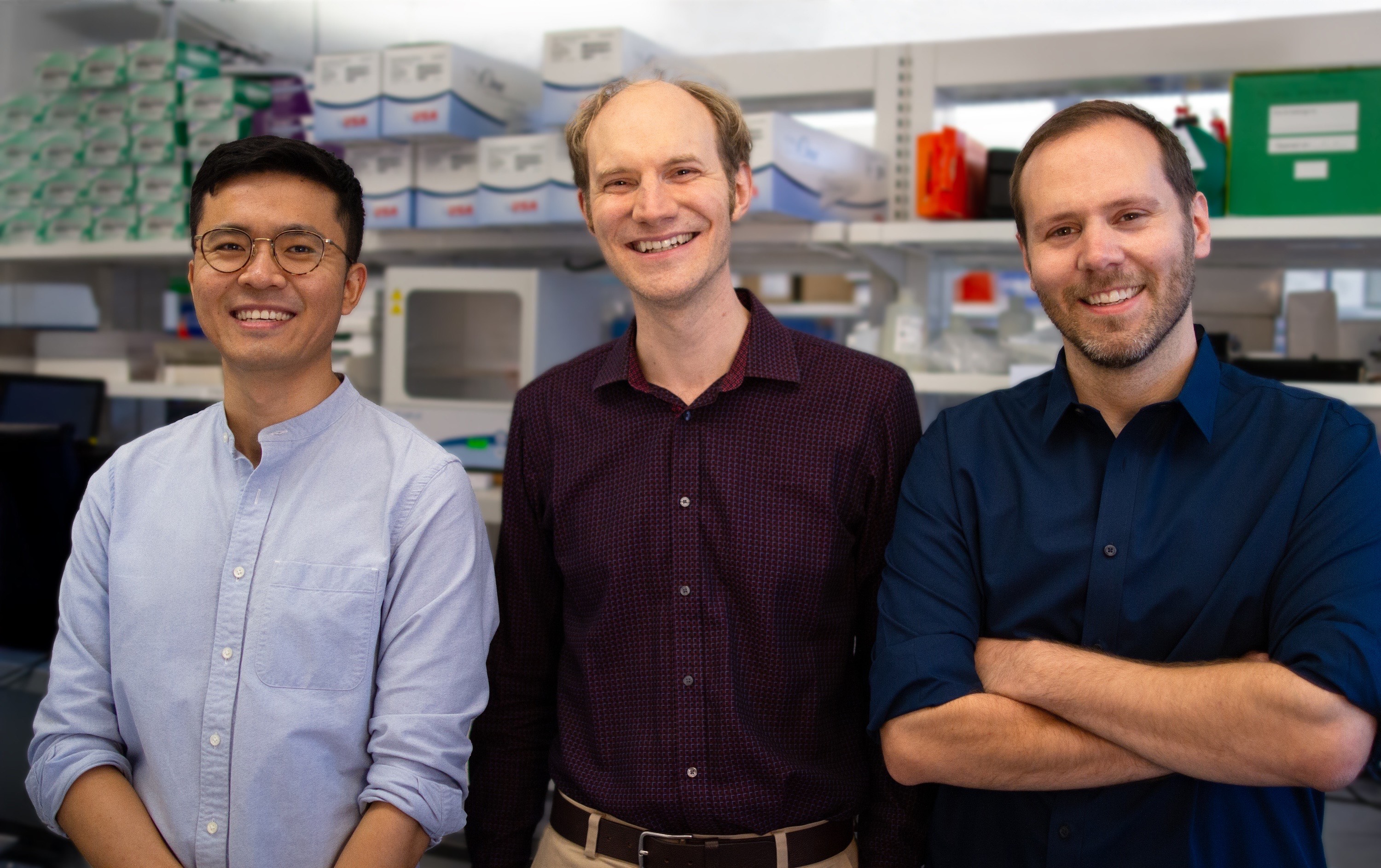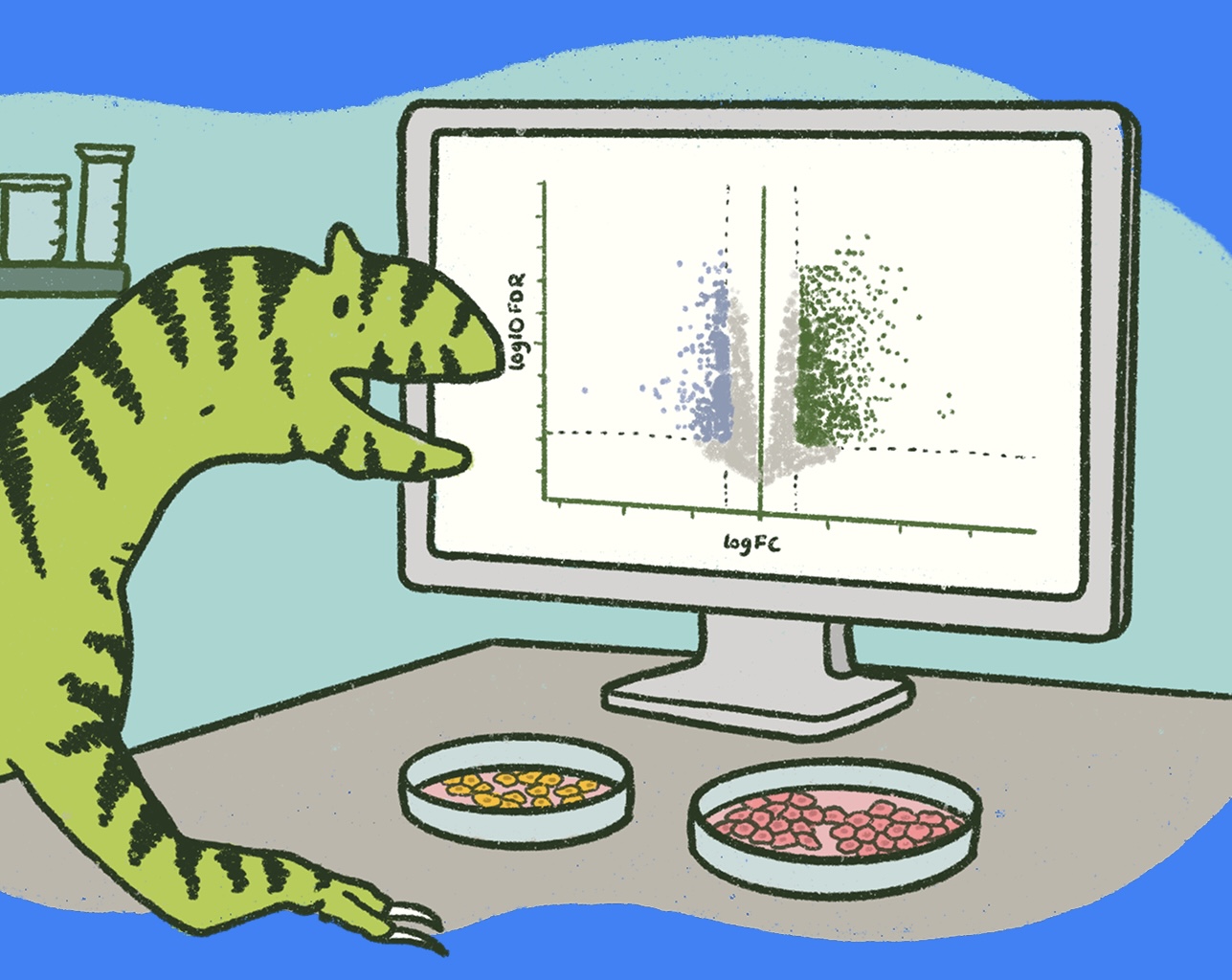Why is global aeronautics leader Airbus partnering with synthetic biology startup AMSilk?
Why is global aeronautics leader Airbus partnering with synthetic biology startup AMSilk?
“When spider webs unite, they can tie up a lion.” - African ProverbFor the nearly five decades, industries from the automotive to sporting goods to aerospace have been utilizing carbon fiber as a means to produce faster, lighter, and stronger products. If you’ve ever traveled on a commercial airliner, you’ve benefited from carbon fiber, which has reduced maintenance costs due to its increased strength and resistance to corrosion and weakening. And, carbon fiber, which comprises 53% of Airbus’ A350 XWB commercial airliner, had reduced operating costs, fuel burn, and CO2 emissions by 25% compared to the previous generation of aircraft.But air travel continues to rise, and a more durable, more sustainable solution to larger, lighter, more fuel-efficient planes is needed. Fortunately, nature has already provided us with the answer: the spiderweb. Or, more specifically, the silk fibers that spiders use to construct their intricate death traps.Spider silk has long been recognized for its strength, flexibility, and lightweight structure. It is the strongest naturally occurring fiber known, with a tensile strength comparable to that of high-grade steel. Compared to Kevlar, it is seven times more elastic and takes three times the energy to break it. It is also biodegradable and has been used in a variety of products, including bullet-proof clothing, ropes, parachutes, and even prostheses.Industrial biotech company AMSilk GmbH is capitalizing on and perfecting nature’s gift of spider silk. Based out of Planegg, Germany, the company, founded in 2008, produces high performance synthetic spider silk biopolymers -- and is the world’s first industrial supplier of synthetic silk.Notably, the process used to create the biopolymers is a closed-loop system with no petroleum inputs, making the product extremely sustainable. The company’s high performance, organic biopolymers are already in use across industries from medical devices to personal care products – over 30 cosmetics products are currently available for purchase internationally. AMSilk’s biopolymers can also be spun into fibers, called Biosteel®, which have been introduced in a prototype running shoe launched with adidas. Today’s announcement takes Biosteel® fibers beyond fashion and sport applications for the first time - yes, all the way to airplanes.In a press release out today, AMSilk announced a new partnership with aerospace giant Airbus to develop the next generation of lightweight, high performance planes. This collaboration will realize the creation of the first composite material made of AMSilk’s Biosteel® fiber.

AMSilk’s Biosteel® fiber. Photo credit: AMSilk
Why would an aerospace company be interested in synthetic spider silk?
The answer is simple. Biosteel® fiber is not only strong and sustainable, but it also has superior flexibility compared to carbon fiber, permitting new design and construction techniques that don’t lead to compromises in strength -- an important consideration when dealing with winged tubes hurtling people hundreds of miles per hour through the skies at 37,000 feet.Airbus has long been committed to being at the forefront of aerospace innovation. As they seek to design the next generation of larger, more durable, and more flexible airplanes, exploring AMSilk’s novel biopolymers seems a natural move -- and they are the first in the aerospace industry to experiment with Biosteel® fiber.“We are excited to be working with Airbus, the world leader in performance airplanes, to create a fundamentally new material,” said Jens Klein, CEO of AMSilk. “At AMSilk, we are committed to producing materials that are both high-performing and sustainable, and the current partnership with Airbus is an opportunity to set a new, stronger and more sustainable course for the entire aerospace industry.”

AMSilk CEO Jens Klein is excited about the revolutionary partnership between AMSilk and Airbus. Photo credit: AMSilk.It’s not likely that any commercial flight you step onto anytime soon will be on a vessel sporting AMSilk’s Biosteel® fiber. Today’s announcement by the two companies marks the start of a substantial R&D process – the first prototype is expected in 2019, with the material not expected to become commercially available until further in the future.In aerospace, the potential applications of the new material are numerous, ranging from lightweight interior elements to new structural components for planes’ exteriors. This partnership could also help advance materials to support a new era of transportation in general, with further applications possible in sectors such as e-mobility, autonomous driving, drones and air taxis.With the help of synthetic biology and partnerships between global industrial leaders, the humble spider web is no longer tying up lions. Instead, it is conquering the skies -- and beyond.



.svg)









.jpg)


.gif)